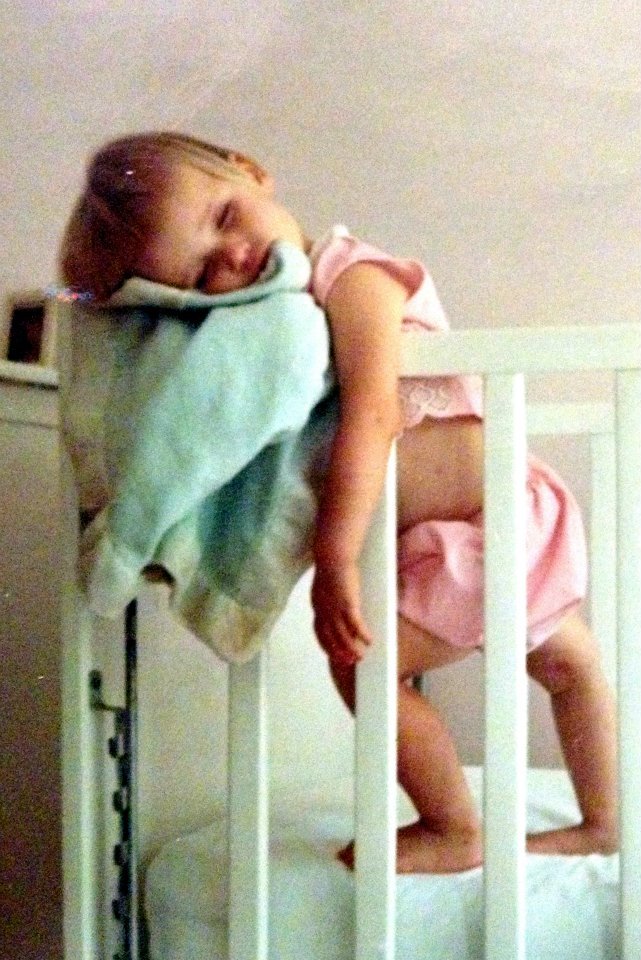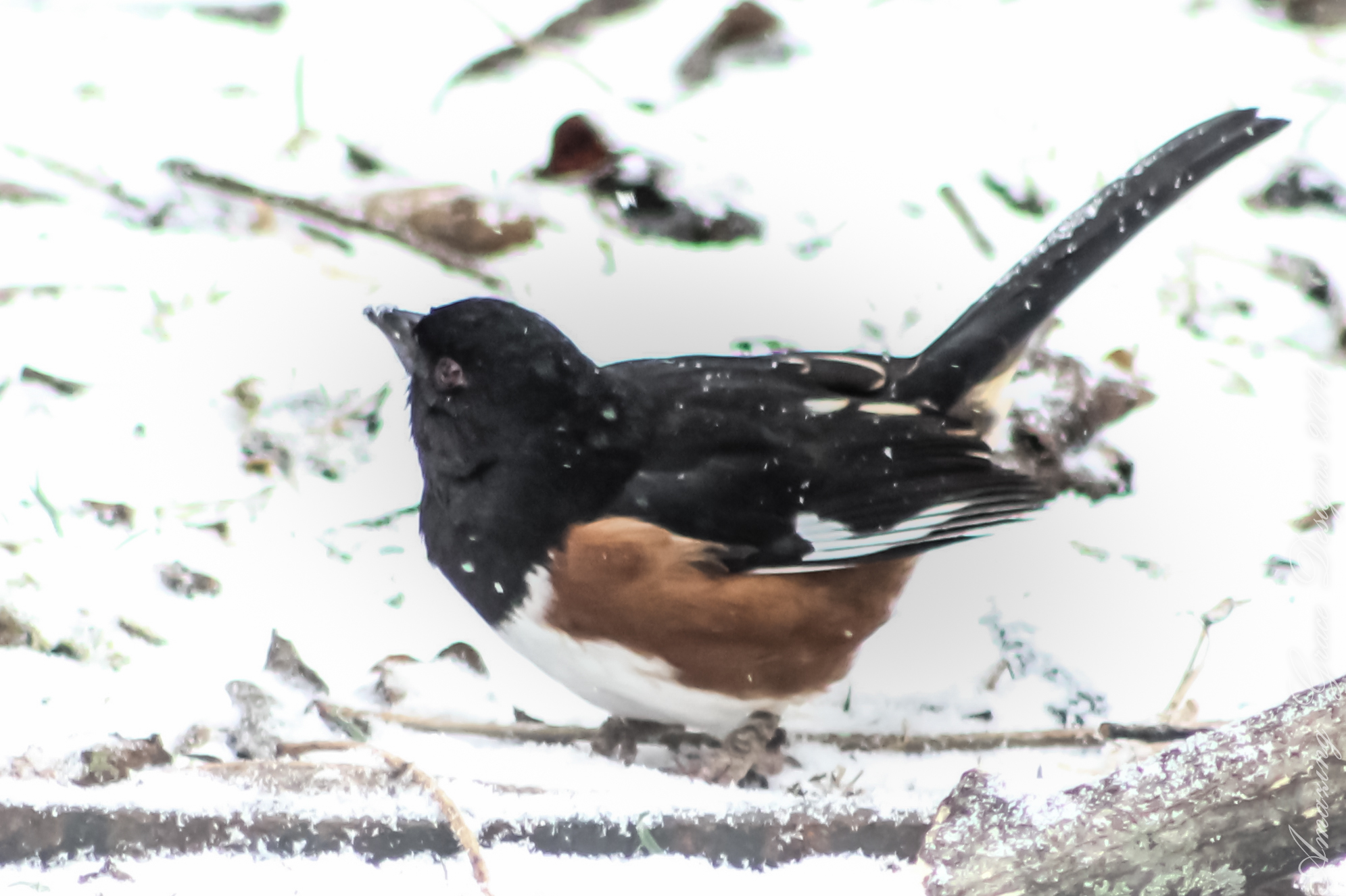After the Storm...
After the Storm…
In nature, nothing is perfect and everything is perfect. Trees can be contorted, bent in weird ways, and they’re still beautiful. ~Alice Walker
As we walk through the neighborhood, my husband asks “Which kind is this?” Elm? I reply with some hesitation, as I look at the leaves and the bark. “If you had had Mrs. Ross, you’d know that the bark of the elm is very telling.” He is so smart. I can usually tell a tree by the wood once it is made into a piece of furniture, but I didn’t have Mrs. Ross, and I don’t always remember the telltale signs for tree identification when we are walking. While it’s true that you can tell trees by their bark and their leaves, you can also tell a lot about the tree by its wood, once you get under the layers beneath the bark. I especially love the wood of the Maple tree, with the uniform lines in the grain. I know a lot of people who look much different when you can see beneath their ‘bark’, and I believe that people are rather like trees.
We have a clump of trees in our front yard that I watch each day, wondering if they will fall in a storm. They look perfectly healthy at first glance, but when the bark is easily pulled away, the rotting wood is visible. The trees are a part of the fence row that was here long before homes were built, and I find great meaning in their presence. When a tree is damaged, the wood will rot, bugs begin to inhabit, and birds will feast on those bugs. When a person isn’t cared for, physical, emotional, and spiritual illness will find a home within them, too. Healthy or wounded, we are so much more like nature than we might think.
From the Arbor Day Foundation, I found some handy tips on taking care of trees after a storm, and we’ve had a lot of storms where I live lately.
I’ve included tips for caring for people after storms, too because after a storm in life, people can have broken branches and torn bark. If we take care of ourselves and others properly, we won’t have such a great risk for disease of the body or the soul.
- Don’t try to do it all yourself. If large limbs are broken or hanging, or if high climbing or overhead chainsaw work is needed, it’s a job for a professional arborist. They have the necessary equipment and knowledge needed. Sometimes you need friends and sometimes a professional.
- Take safety precautions. Don’t get under broken limbs that are hanging or caught in other branches overhead. And, unless you really know how to use one, leave chainsaw work to the professionals. Don’t hang around with people who put you at risk of being hurt.
- Remove any broken branches still attached to the tree. Removing the jagged remains of smaller sized broken limbs is one common repair that property owners can make after a storm. If done properly, it will minimize the risk of decay agents entering the wound. Taking care to remove attitudes and people who can create in you a jagged edge will help minimize your risk of being in the same storm again.
- Repair torn bark. To improve the tree’s appearance and eliminate hiding places for insects, carefully use a chisel or sharp knife to smooth the ragged edges of wounds where bark has been torn away. It is necessary at times to ‘carefully chisel to smooth the ragged edges of our wounds.’ It is not always comfortable to heal our ragged edges, but so necessary if we want to heal.
- Resist the urge to overprune. Don’t worry if the tree’s appearance isn’t perfect. With branches gone, your trees may look unbalanced or naked. You’ll be surprised at how fast they will heal, grow new foliage, and return to their natural beauty. You don’t have to completely remove every questionable food or person or habit from your life, but when you remove what you know you must you might be left feeling naked and unbalanced. Just like the tree, you will heal and return to your natural beauty with the best people and things to replace what you’ve pruned.
- Don’t top your trees! Untrained individuals may urge you to cut back all of the branches, on the mistaken assumption that reducing the length of branches will help avoid breakage in future storms. As in the ‘overpruning’ department, people who aren’t professionals might not know enough about you to properly advise you. If they are recommending you ‘top your tree’ and remove every food, every valued possession, and every valued but aggravating person in hopes you will heal after the storm, don’t listen to them. Sometimes, reducing our contact with people and foods, and eliminating the most unnecessary things is enough to avoid our breaking in a future storm.
I write a lot about people, and that’s because I believe that our joy in life is dependent on how we treat people–including ourselves. Like trees, people are easily damaged. Sometimes, they are damaged by storms and sometimes by humans (that goes for trees and people). Franklin D. Roosevelt said, “A nation that destroys its soils destroys itself. Forests are the lungs of our land, purifying the air and giving fresh strength to our people.” I hope that this week you will consider the soil, the trees and the people that might be bent and contorted, and the fresh strength that you are giving to people, and to the world.



